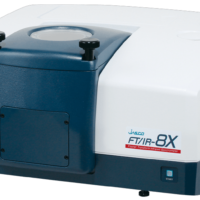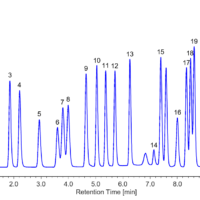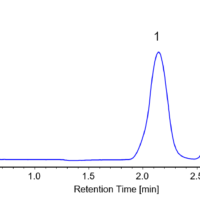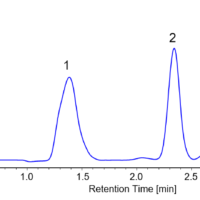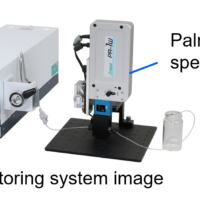Introduction
Water vapor (vapor) and carbon dioxide (CO2) in the atmosphere absorb in the infrared region and can interfere with the detection and analysis of weak peaks, due to noise added to the spectrum. In order to reduce the noise, it is important to maintain the concentration of water vapor and CO2 at the same level when measuring a background and sample. In this article, we would like to introduce a couple measurement tips, “Shuttle measurement” and “Purge and evacuation”.
Experimental
1. Shuttle measurement
In this method using shuttle switching, the sample is set in the sample compartment in advance to allow for background and sample measurements to be made without opening the sample compartment lid. Measurements can be made without the effect of change in the atmosphere. Moreover, it is possible to obtain better spectra with reduced noise from water vapor and CO2 by conducting background and sample measurements repeatedly one after another in short time. This is an effective method for transmission measurement.
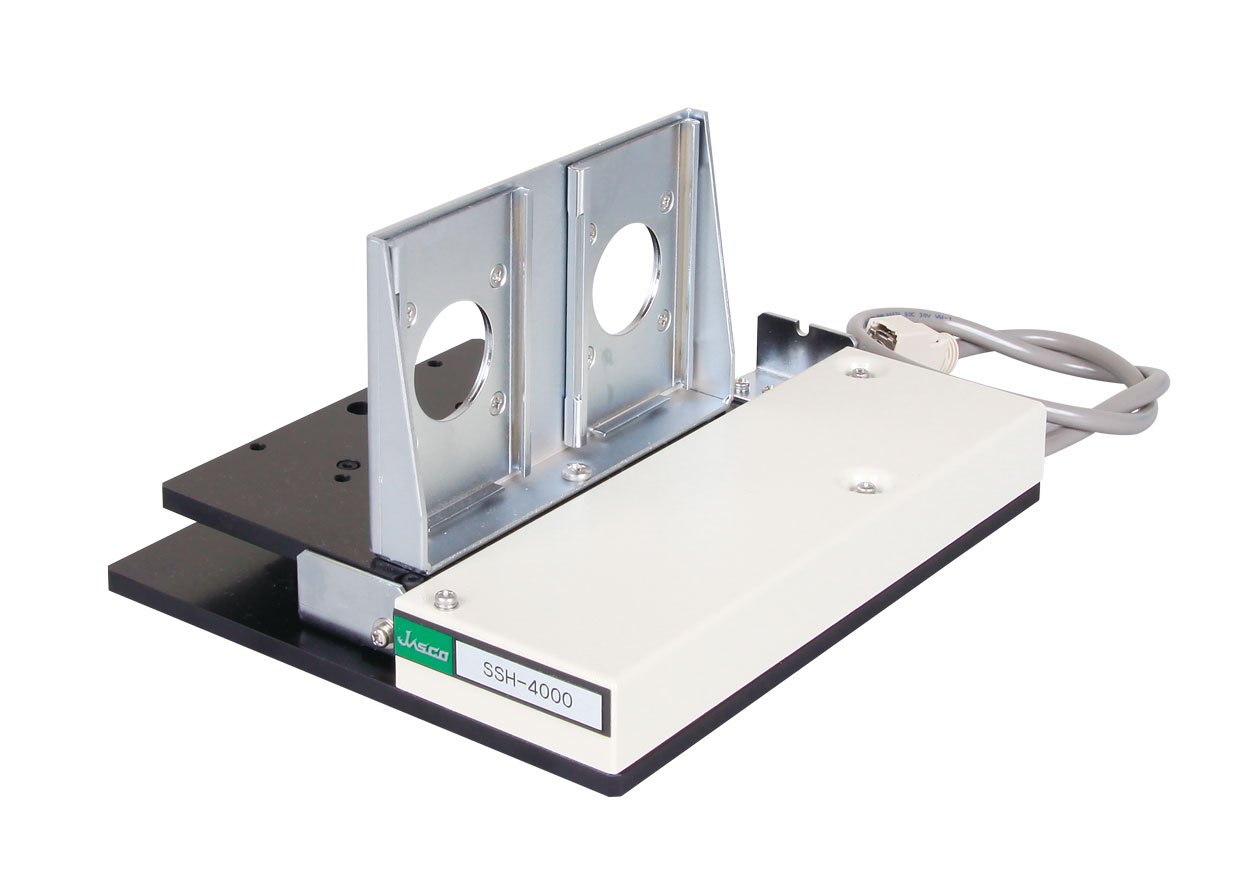
Sample shuttle accessory
2. Purge and Vacuum with Interval Measurement Program
This is a useful method when measurement is made using ATR, and can be also be used for transmission measurement. Purge and vacuum remove water vapor and CO2 from the instrument to prevent noise.
When applying this method, the level of purge or vacuum must be kept equivalent between background and sample measurement. The Interval Measurement Program can be used with this method to provide continuous monitoring of a process with changes in purge and vacuum. Spectral data can be easily acquired using purge and vacuum without the influence of water vapor and CO2.
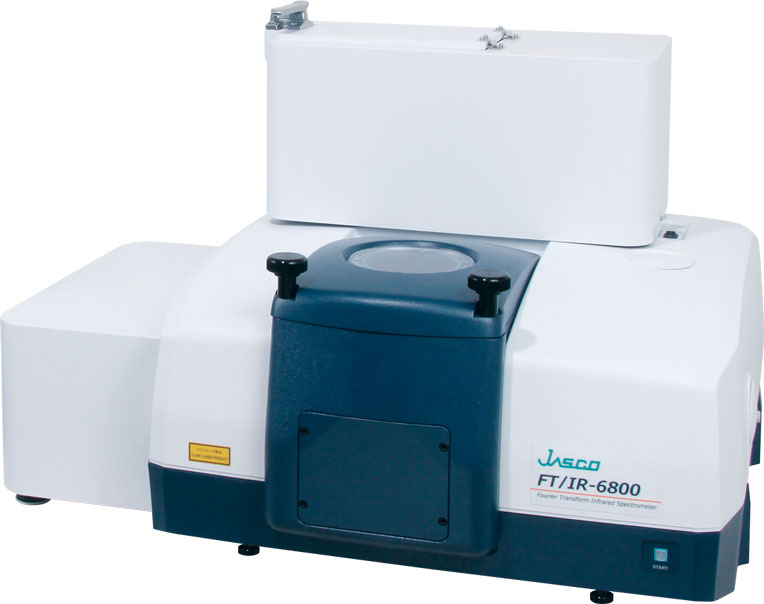
FTIR spectrometer (full-vacuum type, with broad-band measurement option)
Results
Measurement examples obtained using methods 1 and 2 above are detailed below.
Method 1 was used for measuring a thin film of calcium stearate on the surface of a CaF2 substrate. Figure 1 shows the measurement result of both cases, shuttle measurement was used or not used.
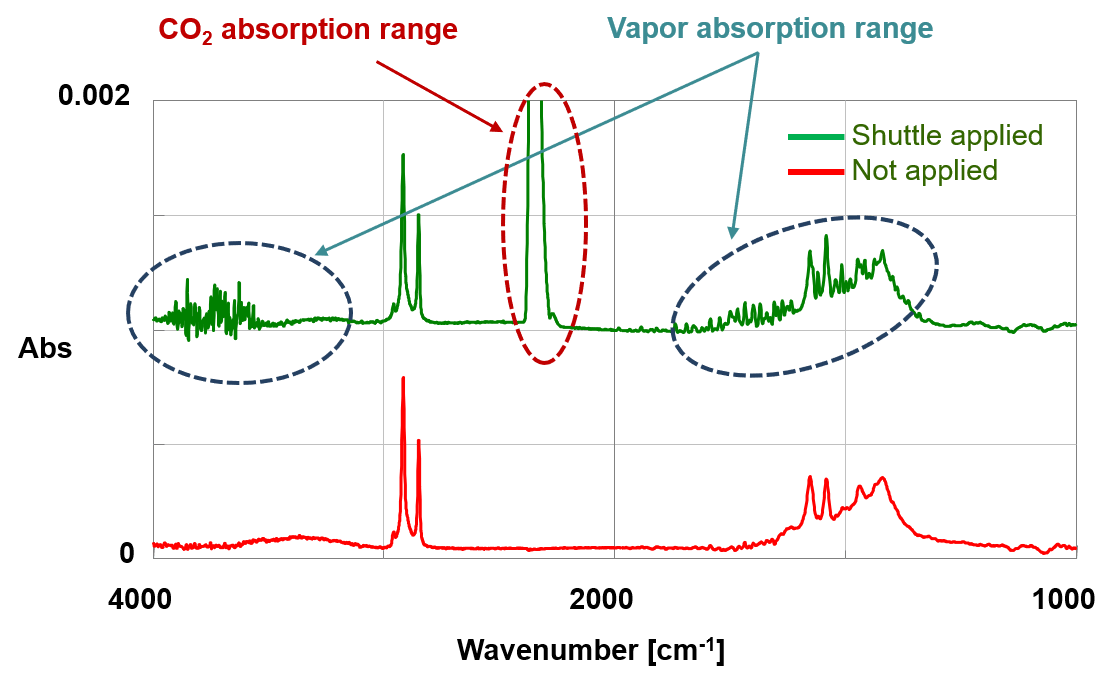
Figure 1. Shuttle measurement result
When measuring weak peaks such those on thin films, vapor and CO2 can significantly affect the acquired spectrum. Using shuttle measurement, it can be observed that the effect of water vapor and carbon dioxide was significantly decreased.
Method 2 was applied for measuring a vinyl chloride film using a full vacuum system and ATR. The result of interval measurement is displayed in Figure 2.
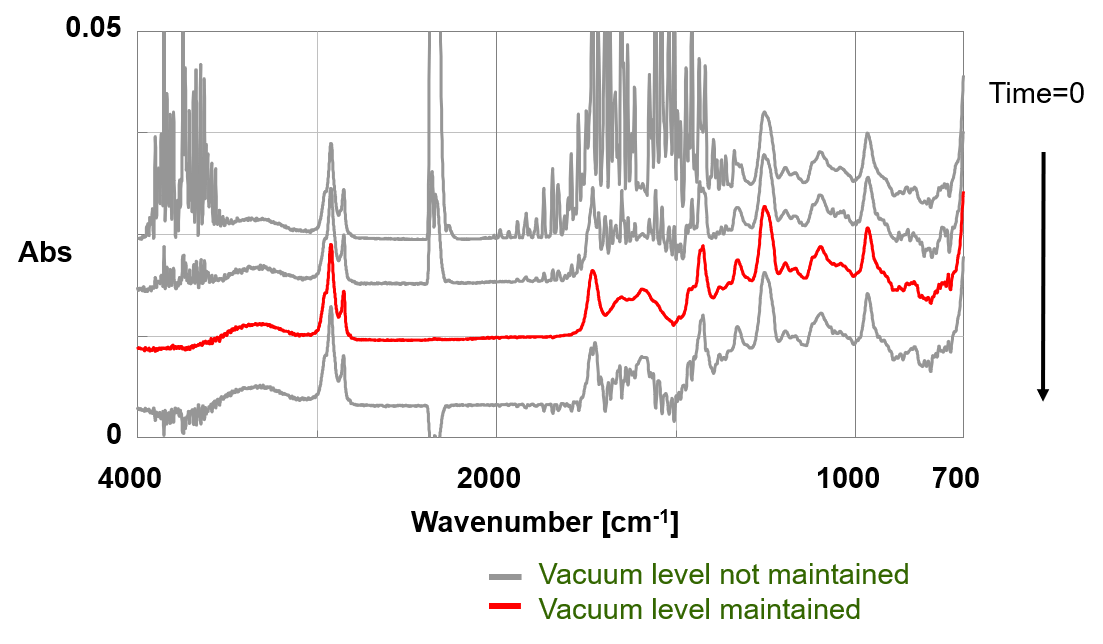
Figure 2. Full vacuum + interval measurement result
It can be observed that the data where the vacuum level was not maintained shows the effect from water vapor and CO2. In this case, measurement usually has to be performed again, releasing the vacuum. In interval measurement, it is easy to obtain spectra without vapor and CO2 as in data obtained using continuous measurement.

